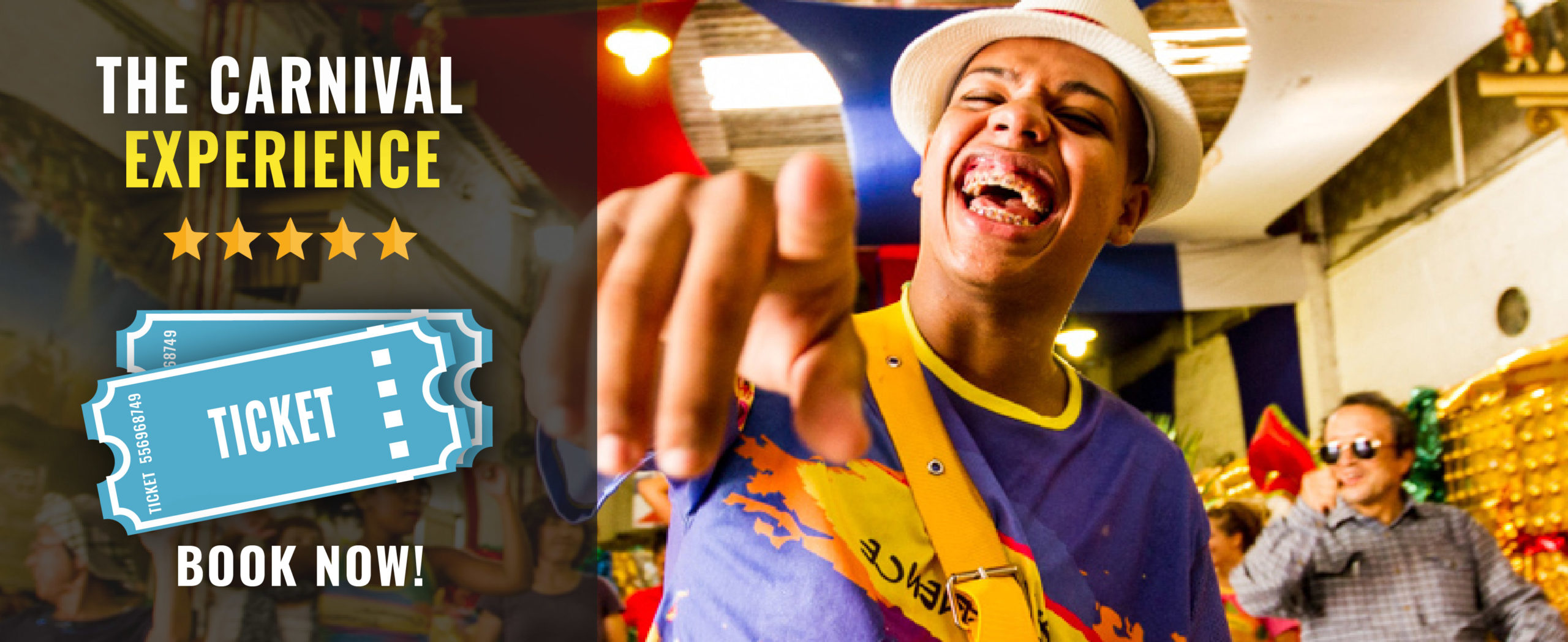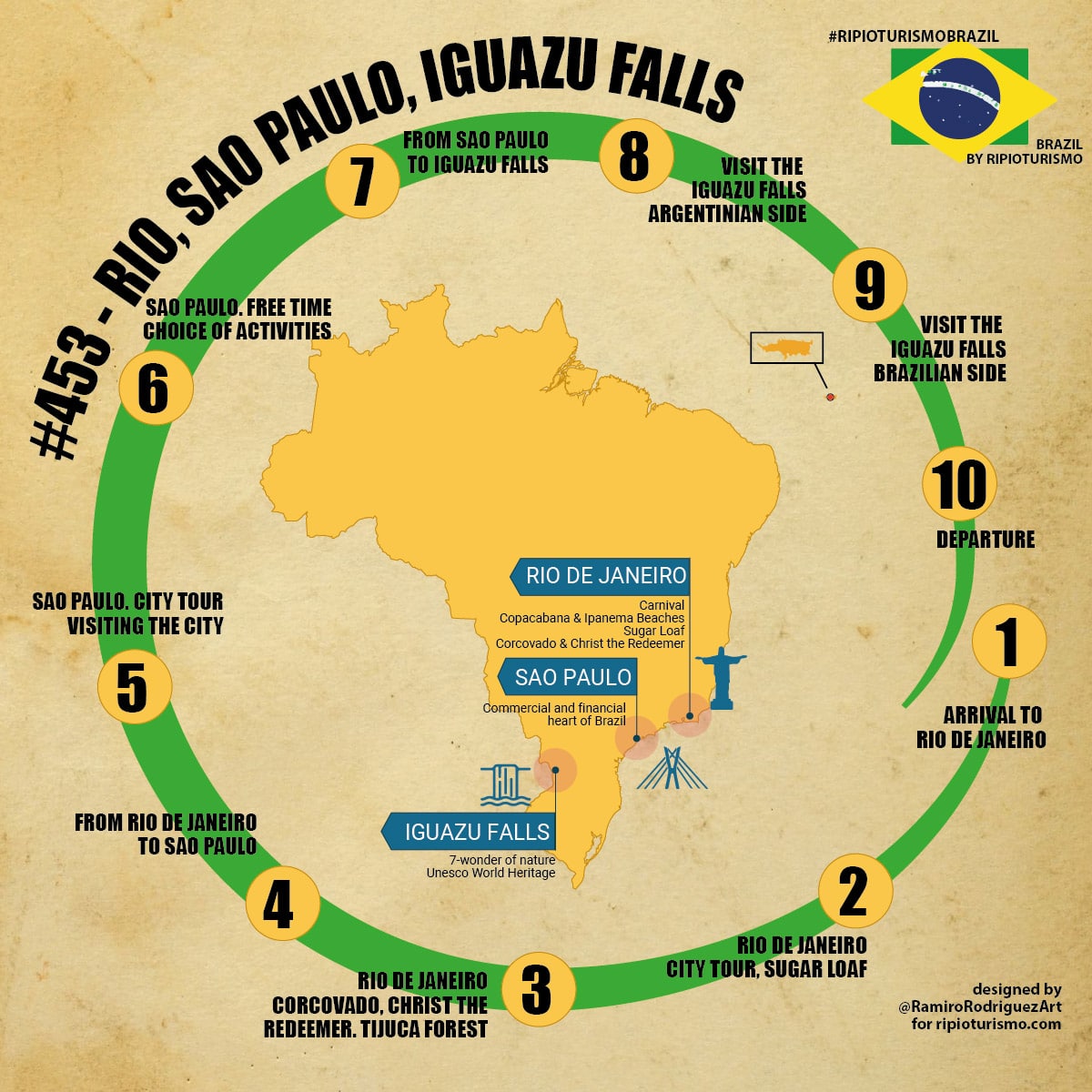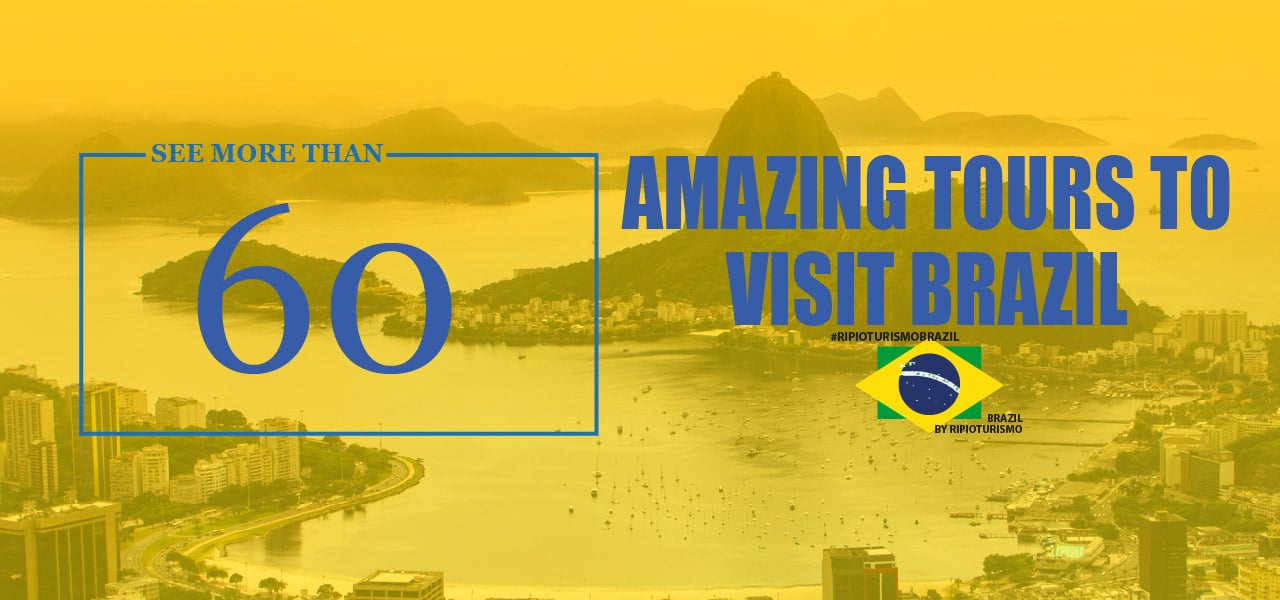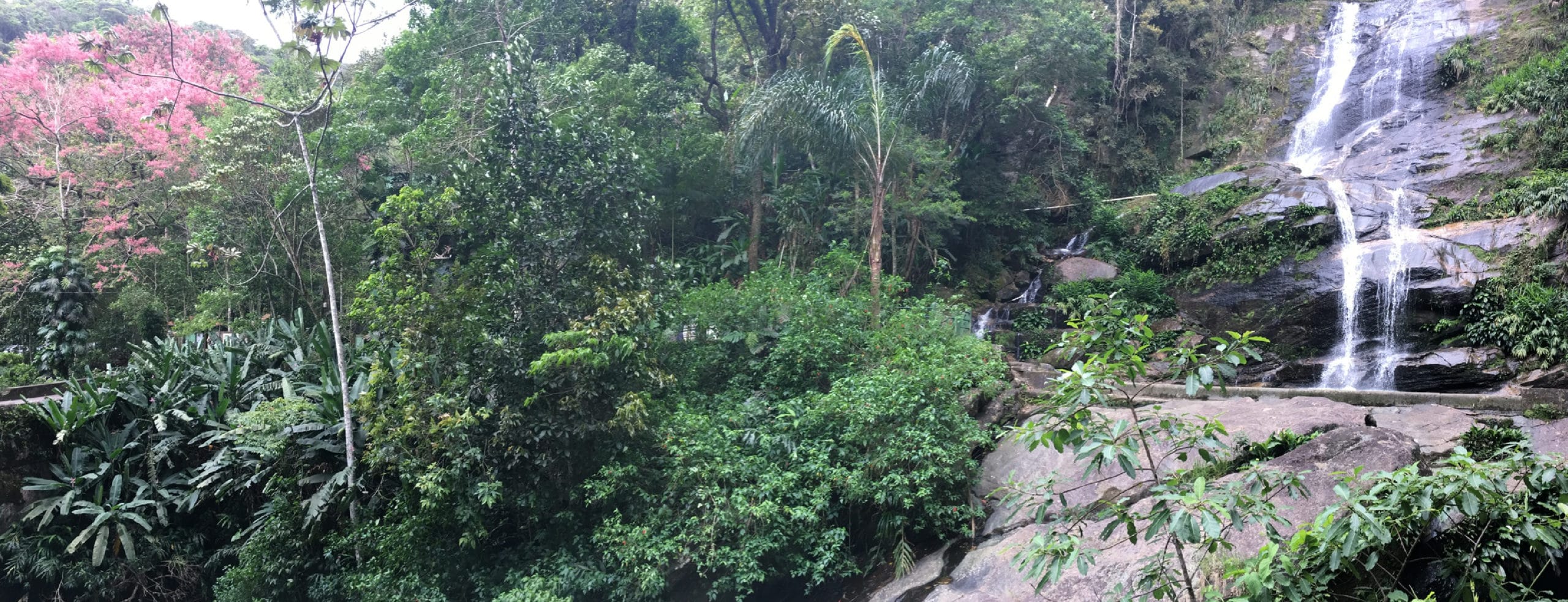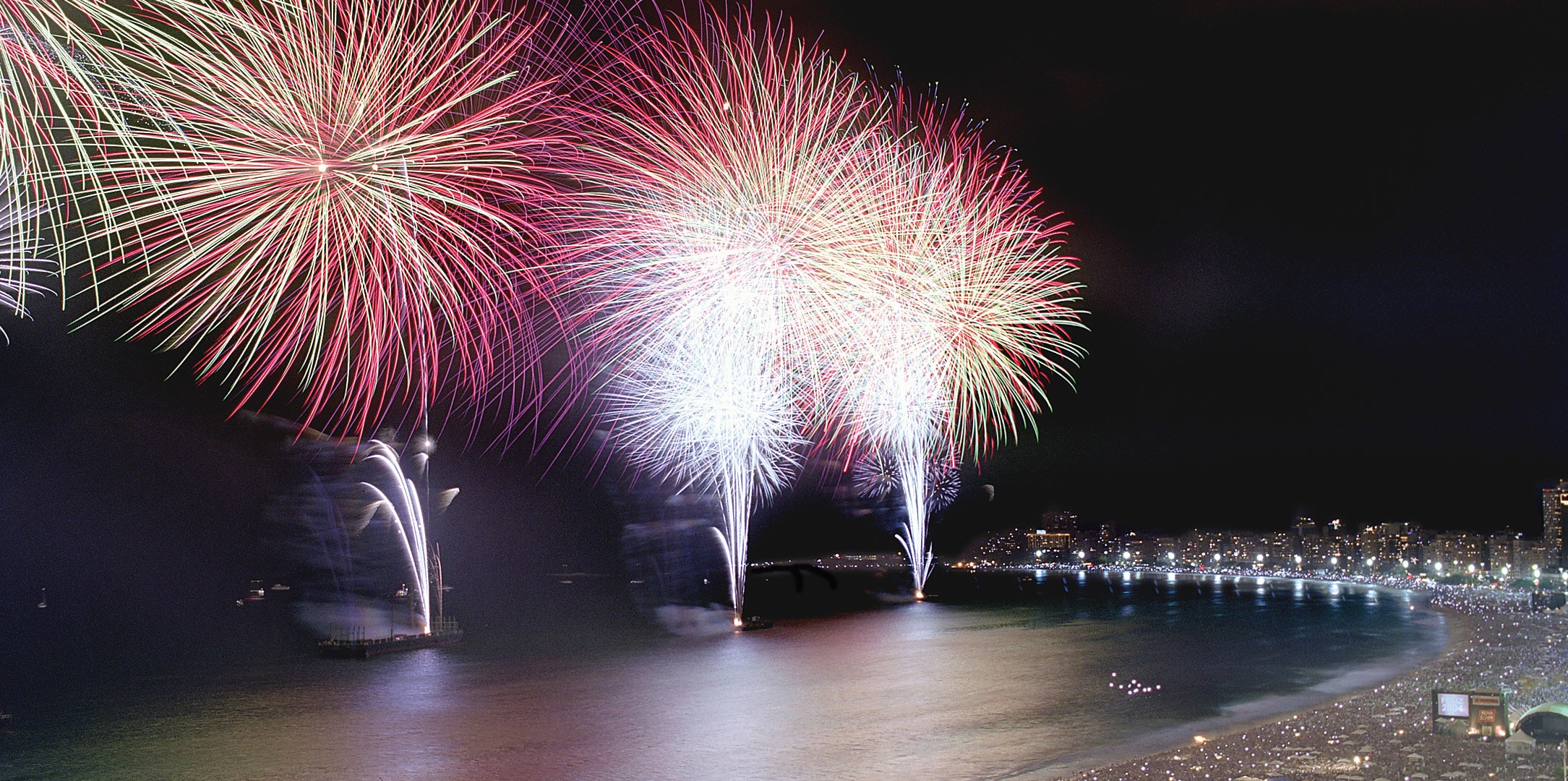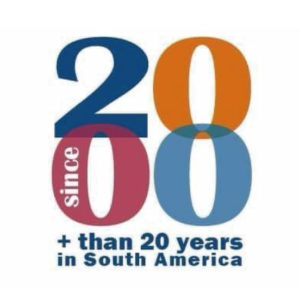The Sambadrome in Rio de Janeiro
The Sambódromo da Marquês de Sapucaí is the heart of the Rio Carnival. This open-air stadium was designed in 1984 by Oscar Niemeyer, one of Brazil’s most famous architects. The 700-meter avenue is where samba schools parade during the annual Carnival competition. If you’re visiting the Cidade Maravilhosa, the Sambadrome is an essential stop.
A bit of history and architecture
Built in just four months for the 1984 Carnival, the Sambadrome was created to give the parade back to the people. Niemeyer’s design included open spaces beneath the bleachers, allowing views from the outside. The complex also features:
-
Six blocks of bleachers placed 30 meters apart, creating community squares
-
A main block of VIP cabins
-
The Apotheosis Square, a large open space with a stage and the Samba Museum
-
A distinctive concrete arch that marks the parade’s end
The structure also serves the community year-round with schools, health centers, and cultural events.
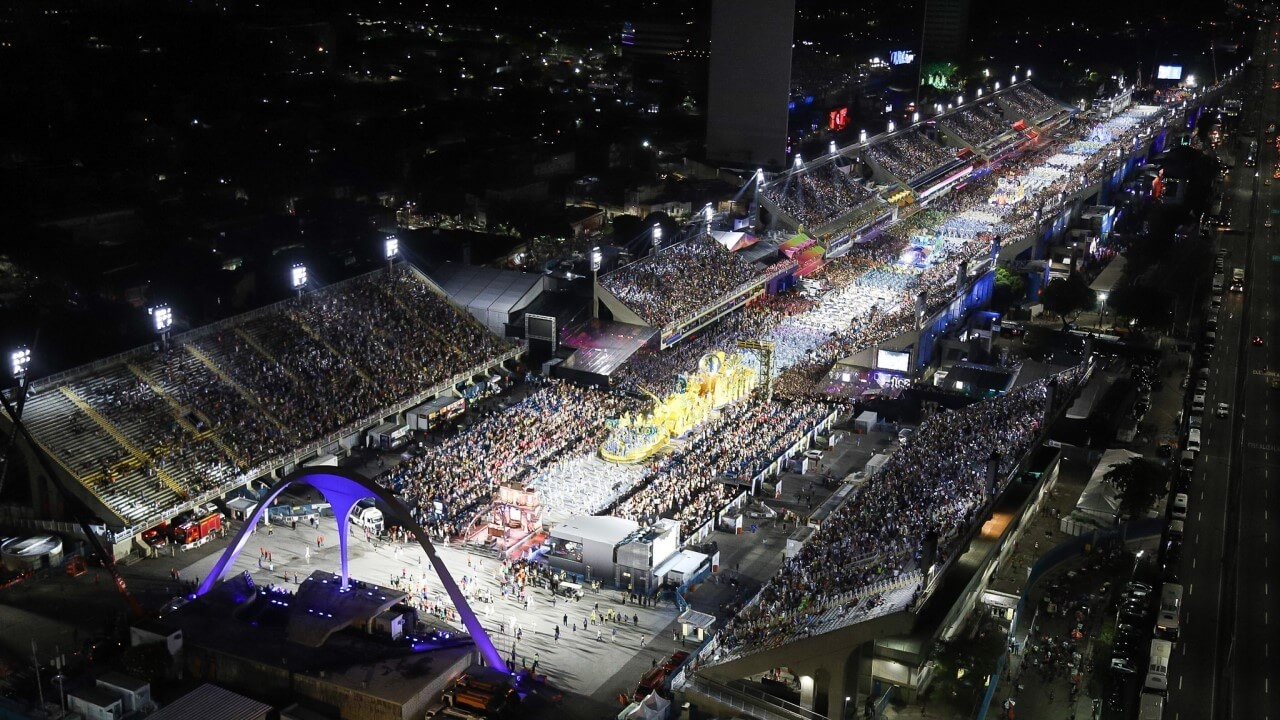
Renovation for the Olympics
In preparation for the 2016 Olympic Games, the Sambadrome underwent major renovations:
-
Capacity increased from 60,000 to 78,000 spectators
-
The old Brahma factory was demolished to build new grandstands and VIP areas
-
The number of accessible seats increased significantly
-
The Apotheosis Square was updated, and the Samba Museum was renovated
Today, it’s not just a Carnival venue—it’s a year-round cultural space.
Where is the Sambadrome?
Located in Cidade Nova, the Sambadrome runs along Marquês de Sapucaí Avenue. It’s easily accessible by metro (get off at Praça Onze station). Each samba school has around 80 minutes to perform, with short breaks between parades.

The Carnival at the Sambadrome
Nothing compares to the Rio Carnival. For five nights, the Sambadrome becomes a vibrant stage of music, color, and joy. Over 80,000 people gather each night to witness the spectacular performances.
-
The cheapest tickets are in the general bleachers
-
Sector 9 is the most tourist-friendly, offering numbered seats
-
Spectators sit on wide concrete steps with a full view of the samba runway
The energy, costumes, and music make this one of the most exciting events on Earth.
Choosing your seat: Tips for the grandstands
Here’s a quick guide to help you choose the best seats:
-
Sectors 2, 4, 6, 8: Newest sections
-
Sectors 9 and 11: Closest to the drum section—perfect for music lovers
-
Sectors 10, 11, 13: Offer great panoramic views of the entire parade
-
Sector 12: Numbered seats at lower prices, near Apotheosis Square
All grandstands offer fantastic views, but Sector 9 is best for first-time visitors due to its assigned seating and great location.

VIP Experience: The Frisas (Open Boxes)
For a close-up view of the action, opt for a frisa:
-
Located next to the track in sectors 2 to 11
-
Each box holds 6 people, with four rows (A, B, C, D)
-
Row A is right next to the samba runway
-
You can buy individual tickets, so no need to be in a group
Keep in mind: Since frisas are at ground level, it’s harder to get wide-angle photos—but you’ll be right in the middle of the magic.
Where to buy tickets for the Carnival in the Sambodromo?
Just contact us! Email us at info@ripioturismo.com and we will assist you with the tickets for the Carnival. It’s very important to buy the tickets in advance
Check activities available in Rio de Janeiro
We have a complete list of activities and excursions to enjoy Rio de Janeiro. One of these activities is the Carnival Experience, to learn more about the amazing Carnival of Rio de Janeiro
Enjoy our tours to visit Rio de Janeiro and other destinations in Brazil
Are you looking for tours to visit Rio de Janeiro and other destinations in Brazil? One of my favorites is the #453 – Rio de Janeiro, Sao Paulo and Iguazu Falls. Check more information by clicking in the image below
More tours to visit Rio de Janeiro and Brazil
We have a complete list of tours to visit Rio de Janeiro and other amazing destinations in Brazil. Check our complete list of tours for Brazil here
For more information, just contact us at info@ripioturismo.com
Thank you!


